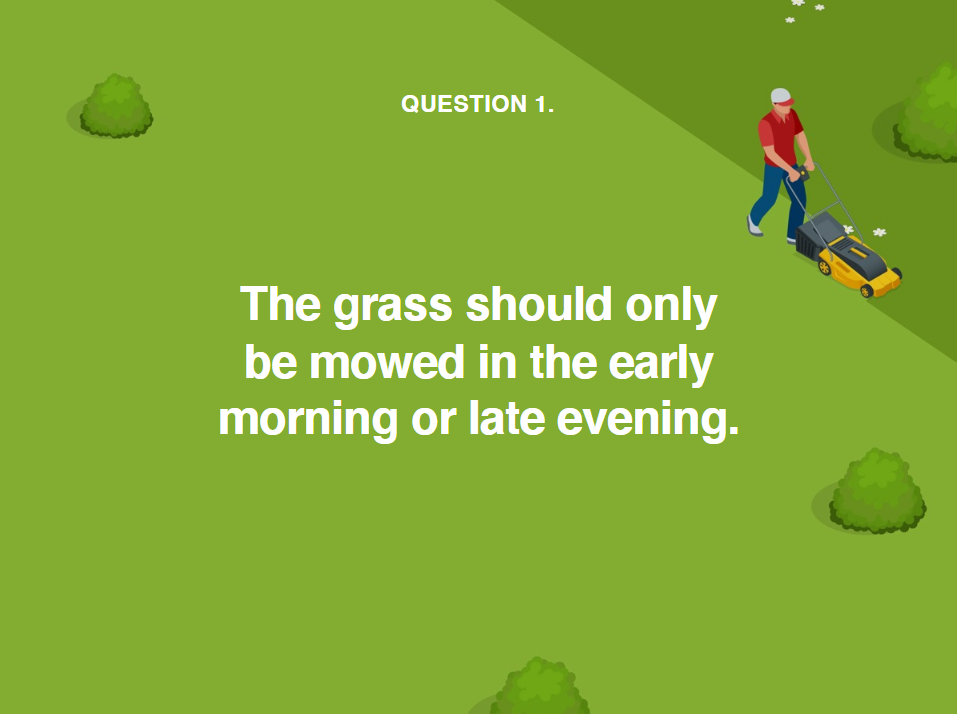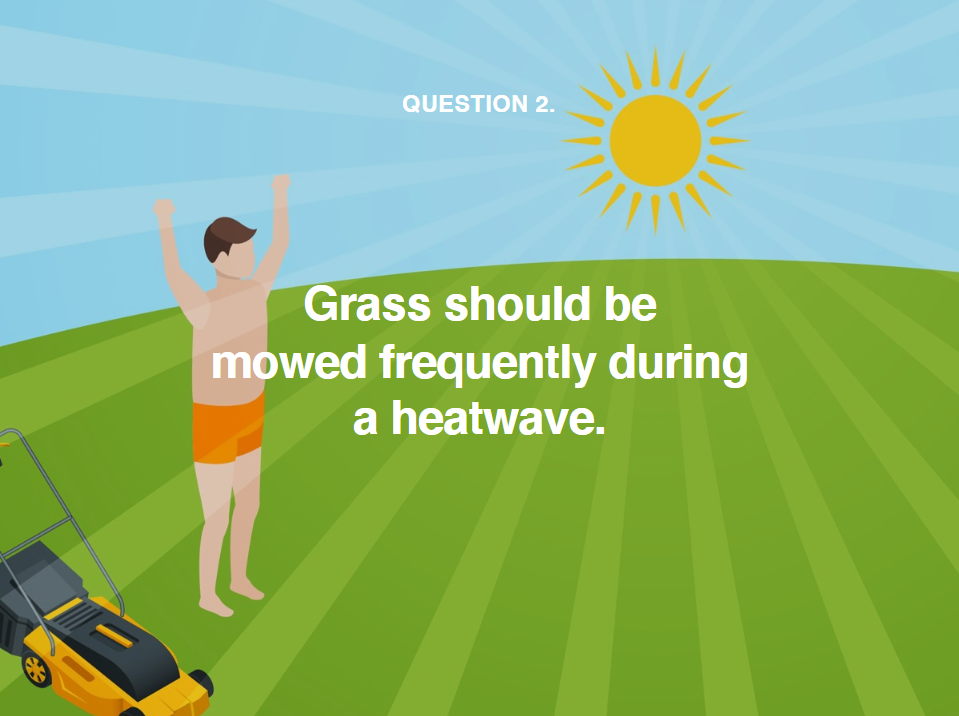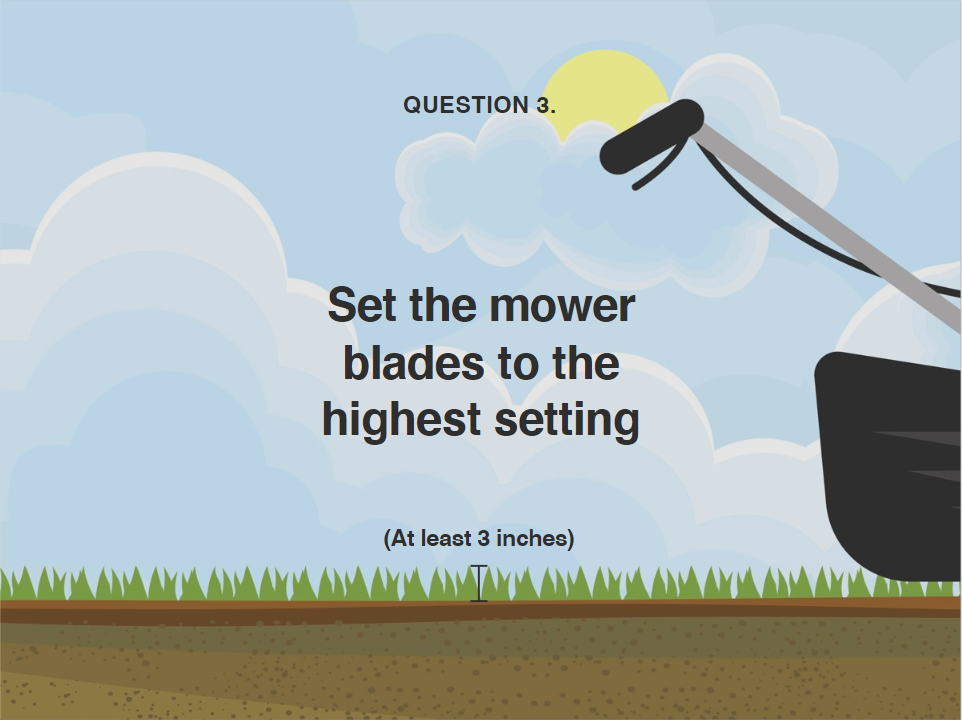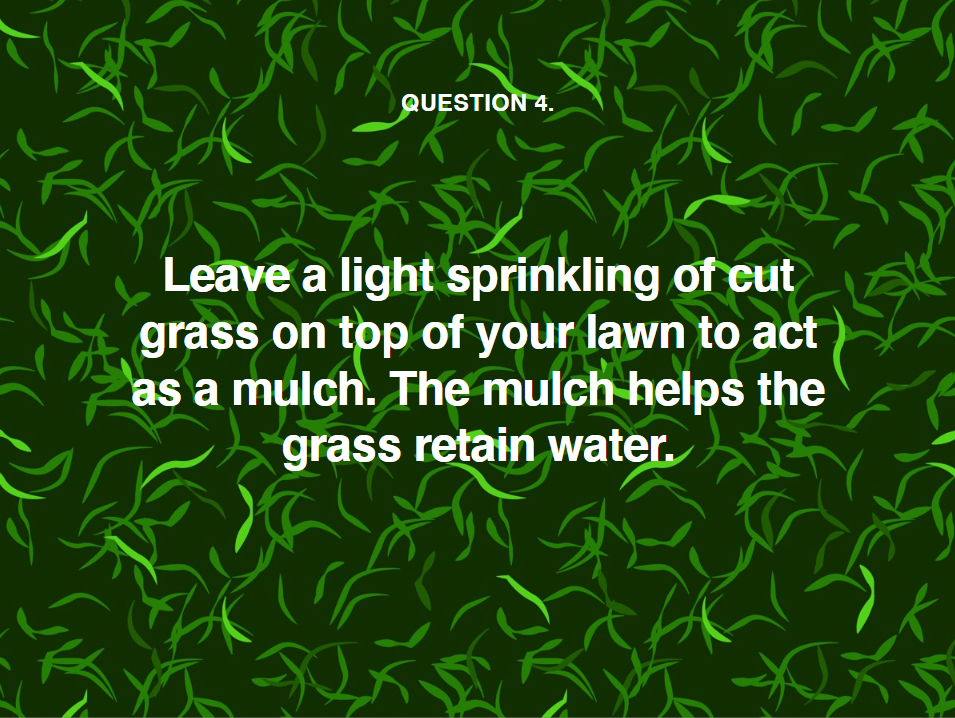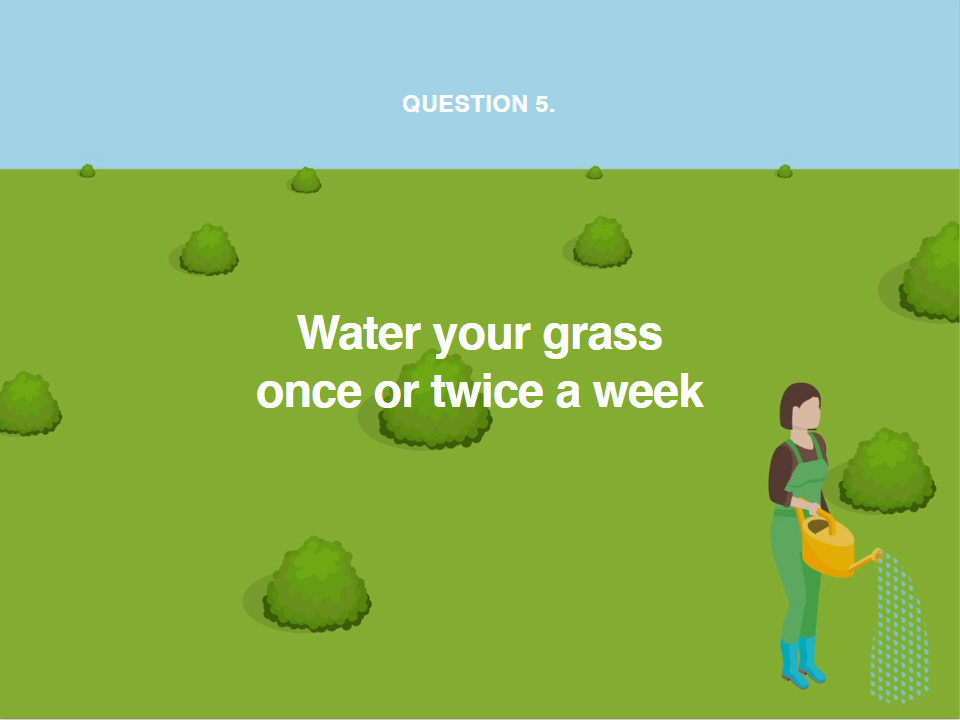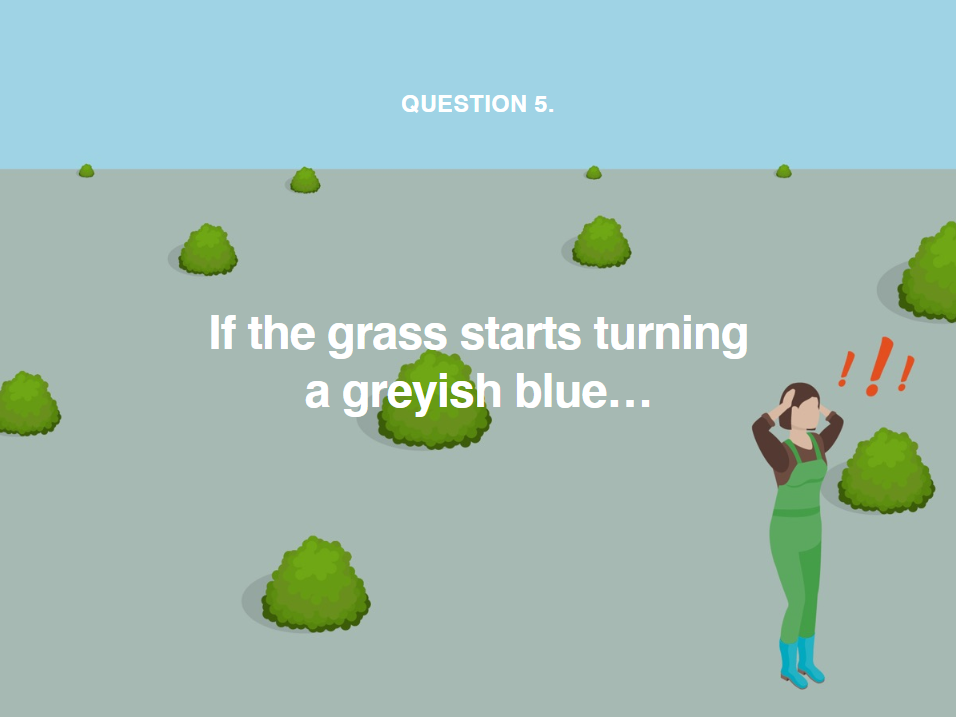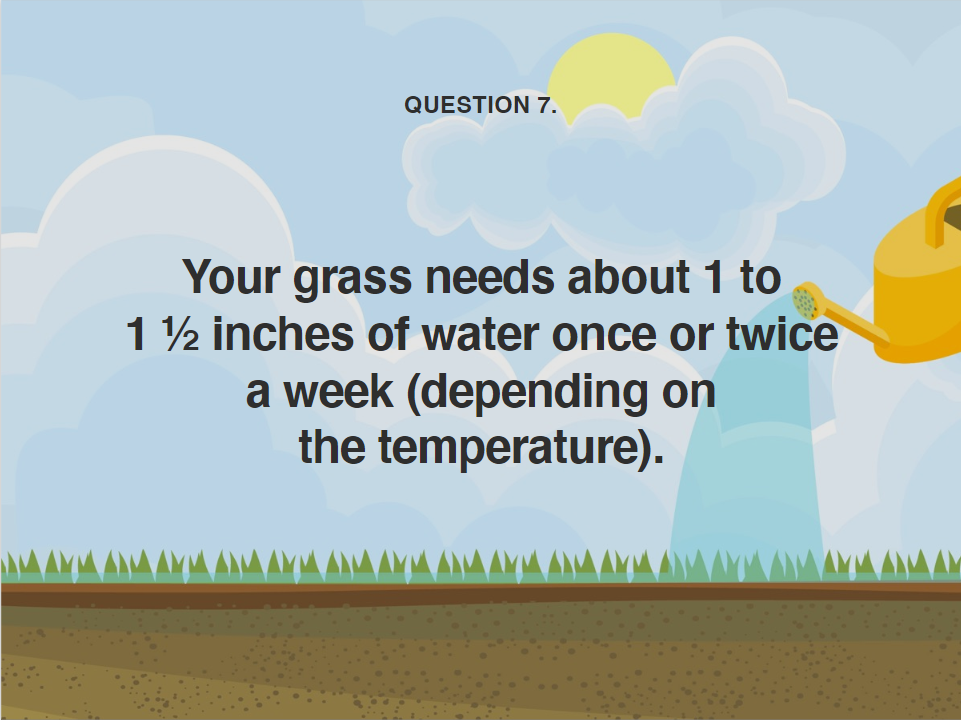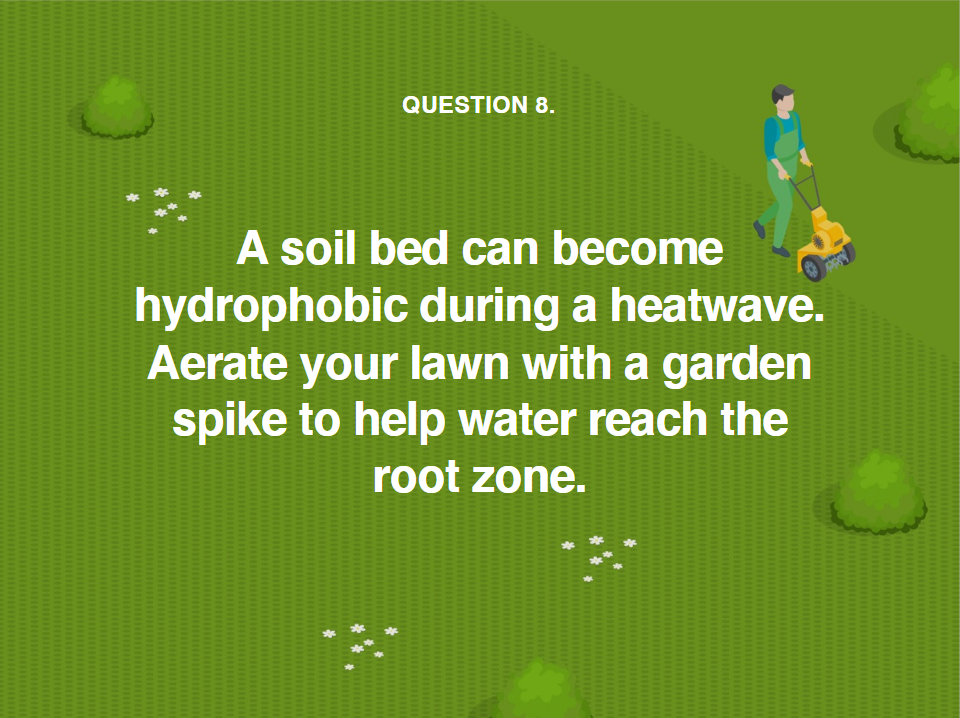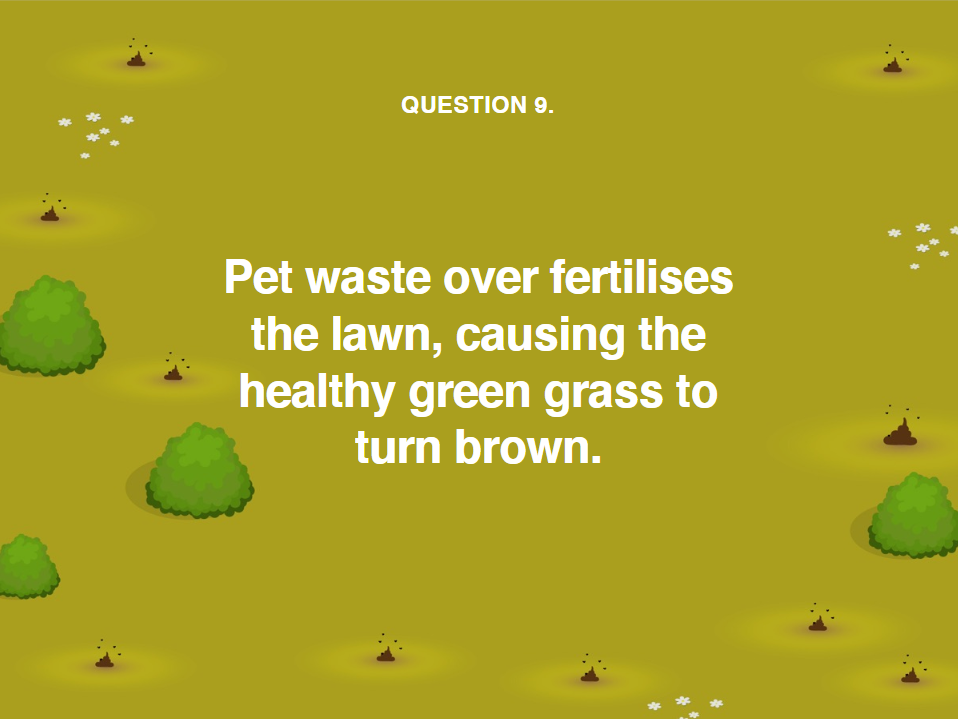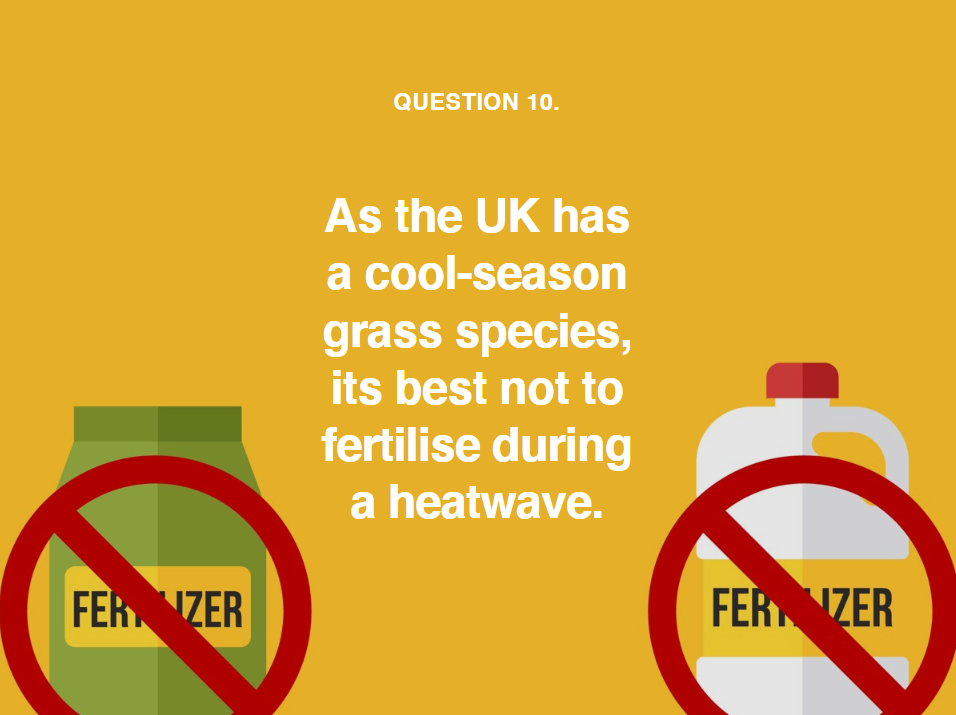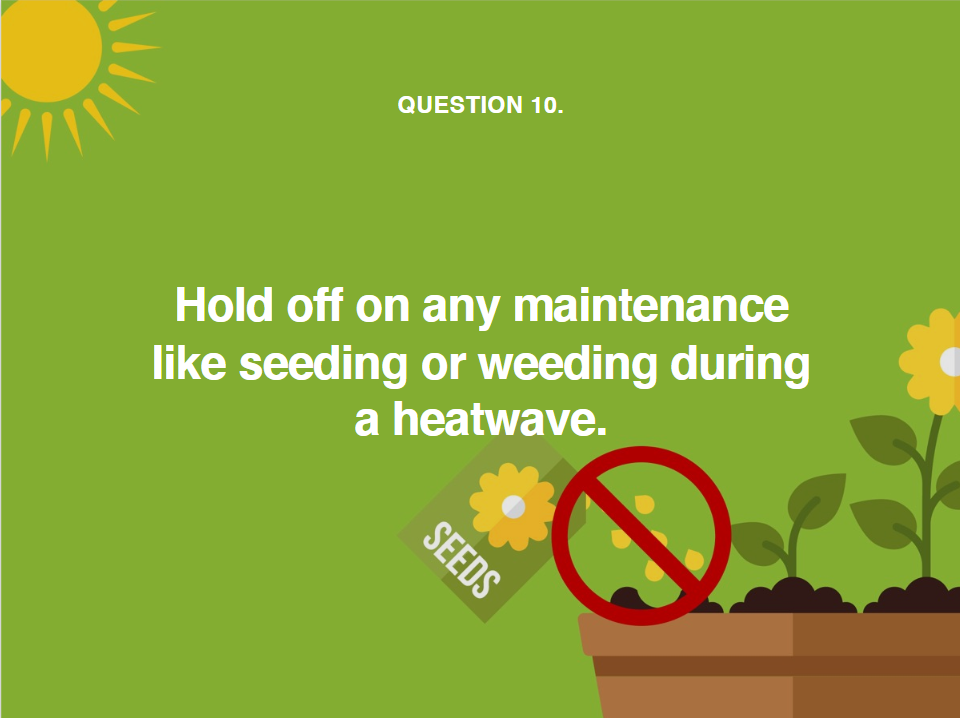How to Keep Grass Green During Summer (Expert Guide)
In this post, I’m going to show you exactly how to keep your grass green during the summer.
In fact, these are the same exact steps I take to keep my grass and healthy during the summer months.
You’ll learn:
- How to prepare your grass for hot weather
- How to keep your grass green during hot weather
- How to water your grass during a hosepipe ban
Let’s get started.
How to Prepare Grass For Hot Weather
Let’s start off with some of the basics.
- There are many different types of grass
- The grass species found in the UK is a cool-season grass
- The UK grass species does not enjoy hot, dry weather
The best defence against hot summer weather is ensuring you have healthy grass in the first place. Follow these steps to keep your blades of grass healthy:
Keep Your Garden Clean
One of the most important things to do is walk your garden each morning to gather any twigs, branches or other debris that may have appeared overnight. Debris can affect the overall health of your lawn, making it suspect to extra stress during a drought.
Take the Top Off Once a Week
During spring, give your garden a quick chop once a week. Grass can grow quite quickly during March, April and May, so aim to just take the top off rather than giving it the full scalp.
Don’t Plant Turf During the Summer
If you're thinking of getting fresh turf laid, you are probably best waiting until autumn or even the following spring. The risk of hot weather killing the grass before it takes root is quite high.
Only Fertilise During Spring
If you suspect a heatwave is on the horizon, do not fertilise your lawn. The added nitrogen can suck water out of the grass, causing the grass to burn.
However, if you’re still in spring, and you’re certain of a healthy dose of rain, then fertilising can be a great way to keep your lawn healthy.
Note: Your local garden or hardware stores will be able to find the best fertilizer for your garden or time of year.
Install a Water Butt
British summers are a roller coaster. One minute it's pouring rain, the next, you’re only allowed to use a tap in an emergency. Don’t let all those spring showers go to waste. Buy yourself a water butt and create your own water reservoir.
Buy a Water Butt Pump
It’s important to ensure you have a healthy supply of water to feed your lawn in the event of a hosepipe ban. A water butt pump is a simple, cheap way to ensure you can water your lawn in the dry summer months.
Utilise well or stream water
If you have access to a well or running water, a good option is to set up a jet pump or some type of submersible garden pump. These pumps can be placed in water, a hose can be attached and the pump can be used to transfer water directly to your garden. You can even set up a jet pump with sprinklers.
How to Keep Your Grass Green During Hot Weather
Now it’s time to look at how you can keep your grass green during a heatwave. So if you’re ready to battle the sun for the health of your lawn, you’ll love this section.
Let’s dive in.
Mow Grass in the Early Morning or Late Evening
The grass should only be mowed in the early morning or late evening. This is because the grass is better equipped at these times of the day to retain moisture and resist drying out when compared to mowing the lawn during the summer heat.
Take the Top Off Once a Week
Grass should be mowed frequently during a heatwave. This is because the freshly cut grass acts as a layer of mulch protecting the root systems underneath.
Set Your Mower Blades to the Highest Setting
Set your mower blades to the highest setting. The cutting height should be at least 3 inches as the taller blades absorb the heat, leaving the grass underneath to maintain its moisture.
Leave Behind Freshly Cut Grass
If your lawnmower collects grass clippings, it can be a smart idea to leave a light sprinkling of cut grass on top of your lawn to act as a mulch. This mulch protects the root system underneath, ensuring the grass retains water and doesn’t dry out.
Water Once or Twice a Week
Water is the most important ingredient in a healthy green lawn. That means your garden needs to be frequently watered. The general advice is to water the grass once or twice a week.
Water ASAP If It Turns a Greyish Blue
However, if the grass stays matted when stepped on, or it starts turning a greyish blue, you should water as soon as possible.
Add 1 to 1 ½ inches of water once or twice a week
Your grass needs watering right down to its deep roots. That means you need to add about 1 to 1 and a half inches of water once or twice a week (depending on the temperature). This allows the soil to absorb as much of the water as possible, supporting the health of the grass above.
Note: Only water during cooler temperatures. This reduces the amount of water evaporating and ensures as much of the water gets absorbed by the roots as possible.
Aerating Can Stop The Soil Becoming Hydrophobic
A soil bed can become hydrophobic during a heatwave. This is where the soil starts rejecting the water, creating puddles on the surface and damaging the grass further. That’s why aerating with a lawn aerator or garden spike can drastically improve lawn health. The holes help the water reach the root zone, supporting the health of the grass on top.
Do Not Let Pets Urinate on Your Lawn
Pets can be the real enemy of lawn care during a heatwave. Their waste over fertilises the lawn, causing the healthy green grass to turn brown. It’s important you either restrict a pet’s access to the grass during a heatwave or repair the brown spots as soon as possible.
Do Not Fertilise During a Heatwave
As the UK has a cool-season grass species, its best not to fertilise during a heatwave. This is because the added nitrogen can suck water out of the grass, causing the grass to burn. Your focus should be on ensuring the grass is watered regularly to allow root growth.
Do Not Seed or Weed During a Heatwave
It sounds a little counterintuitive but hold off on any maintenance like seeding or weeding during a heatwave. Your goal is to avoid hard or sandy soil, which can be exacerbated by seeding or weeding.
Tips for Watering Your Grass During a Hosepipe Ban
The advice above is all well and good if you’ve got time to prepare for a hosepipe ban.
But if you’re just finding this article now, and you’re in the middle of a ban, then you need actionable advice.
Here are my five tips:
1. Start Diverting Bath/Shower Water
If you’re in for a long heatwave, a smart idea is to divert bath and shower water from the drainpipe to a makeshift water butt. A recycling bin will do the trick in a desperate situation.
2. Don’t waste washing up water
Even dirty washing up water can help when water is in short supply. Don’t just flush it down the drain, take it outside and water your plants. Even a little water can go a long way during a heatwave.
3. Save Water in a Water Butt
If you have a big garden, then it’s time to get creative and make a water butt. Large containers, recycling bins or even paddling pools can be used as a makeshift water butt. Buy a water butt pump to help transfer the water to your garden. Your back will thank you.
4. Only Water Early in the Morning
Make sure you only water your grass before 8am. This is will ensure that as much water gets absorbed as possible before the sun starts to heat up (it also happens to be when most people are in bed, so they won’t spot you with the hosepipe out 😉)
5. Borrow Water from a Well or Stream
If you’re lucky enough to have a local well or a stream that runs through your garden, then you can pump water directly from the water source to your garden.
Free Advice
If you’re struggling for advice, ring our dedicated experts on 0800 112 3134 or 0333 577 3134. We’re open Monday to Friday 07:00 - 17:30 and Saturday 08:30 - 12:30.


